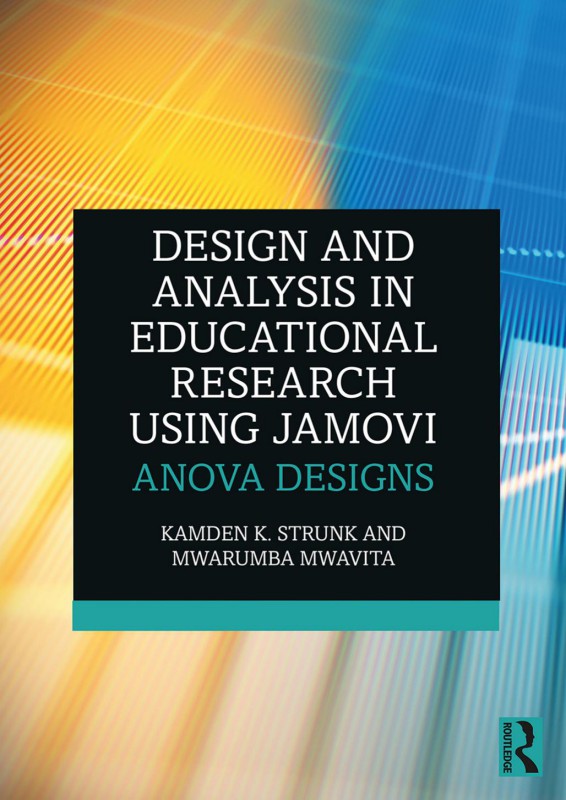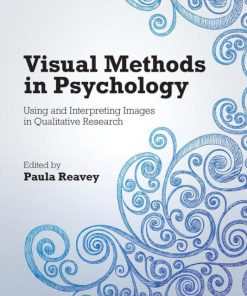Design and Analysis in Educational Research Using Jamovi ANOVA Designs 1st edition by Kamden Strunk, Mwarumba Mwavita 9781000414127 1000414124
Original price was: $50.00.$25.00Current price is: $25.00.
Authors:Kamden K. Strunk; Mwarumba Mwavita , Series:Psychology [4] , Tags:Psychology › Research & Methodology Psychology / Research & Methodology Social Science / Research , Author sort:Strunk, Kamden K. & Mwavita, Mwarumba , Ids:9780367723064 , Languages:Languages:eng , Published:Published:Jan 2021 , Publisher:Routledge , Comments:Comments:Design and Analysis in Educational Research Using jamovi is an integrated approach to learning about research design alongside statistical analysis concepts. Strunk and Mwavita maintain a focus on applied educational research throughout the text, with practical tips and advice on how to do high-quality quantitative research.Based on their successful SPSS version of the book, the authors focus on using jamovi in this version due to its accessibility as open source software, and ease of use. The book teaches research design (including epistemology, research ethics, forming research questions, quantitative design, sampling methodologies, and design assumptions) and introductory statistical concepts (including descriptive statistics, probability theory, sampling distributions), basic statistical tests (like z and t), and ANOVA designs, including more advanced designs like the factorial ANOVA and mixed ANOVA.This textbook is tailor-made for first-level doctoral courses in research design and analysis. It will also be of interest to graduate students in education and educational research. The book includes Support Material with downloadable data sets, and new case study material from the authors for teaching on race, racism, and Black Lives Matter, available at www.routledge.com/9780367723088.













